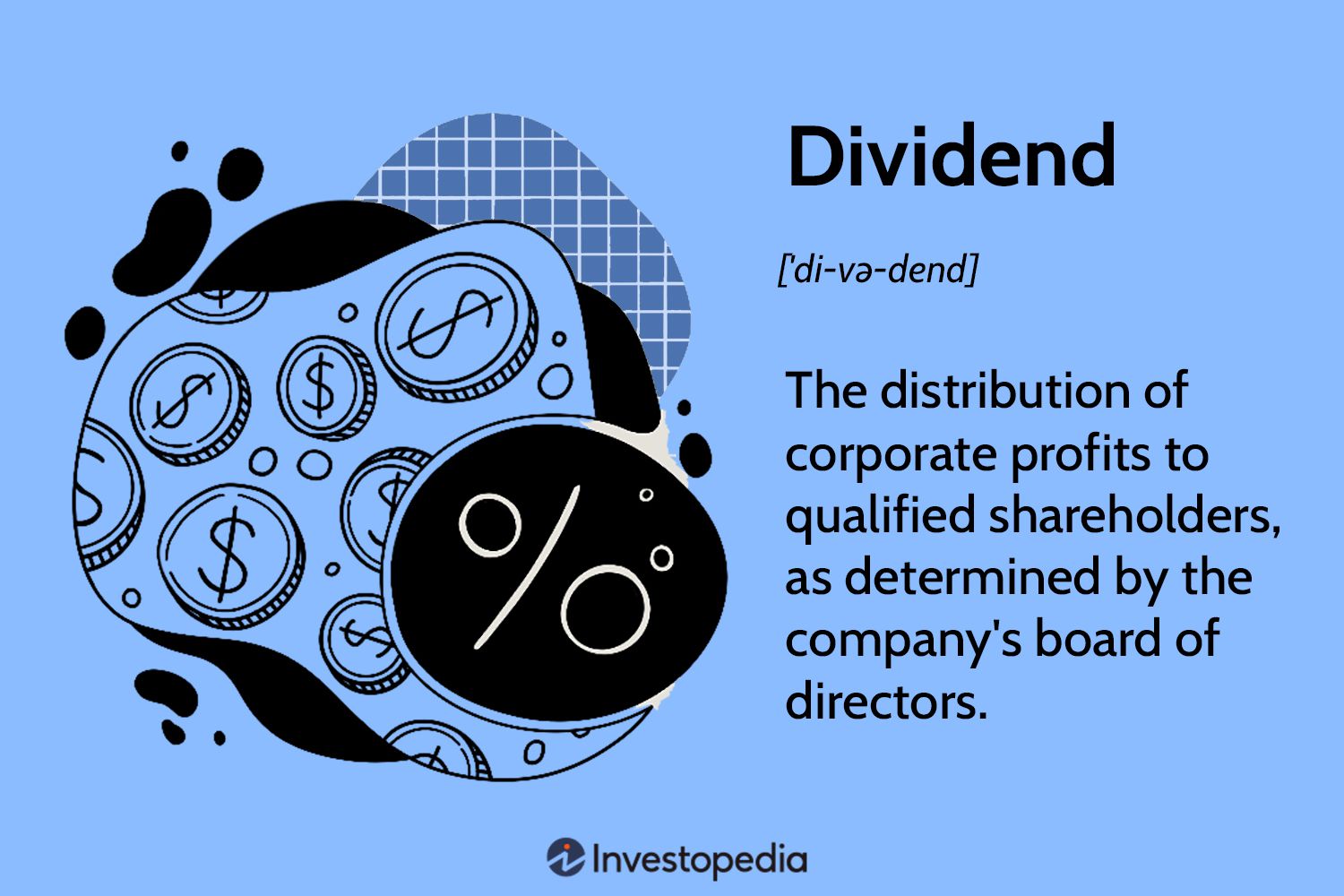Unlocking Profitable Dividends: A Simple Approach

Table of Contents
Understanding Dividend Investing
What are Dividends?
Dividends represent a share of a company's profits distributed to its shareholders. They are a reward for investing in a successful business. Companies typically pay dividends on a quarterly basis, although the frequency can vary. There are two main types of dividends:
- Cash Dividends: The most common type, where shareholders receive a cash payment directly into their brokerage account. This is the most straightforward way to generate passive income from your investments.
- Stock Dividends: Instead of cash, shareholders receive additional shares of the company's stock. This increases the overall number of shares you own but doesn't provide immediate cash flow. However, it can be beneficial for long-term growth.
The advantages of dividend investing are numerous:
- Passive Income: Regular cash flows provide a steady stream of income, supplementing your existing sources of funds.
- Potential for Capital Appreciation: While dividend income is a key benefit, the underlying stock's price can also increase over time, leading to capital gains.
Choosing Dividend-Paying Stocks
Selecting the right dividend-paying stocks is crucial for maximizing returns and minimizing risks. Key criteria include:
- Dividend Yield: The annual dividend payment relative to the stock price (expressed as a percentage). A higher yield doesn't automatically mean a better investment, but it's a starting point.
- Payout Ratio: The percentage of a company's earnings paid out as dividends. A sustainable payout ratio is typically below 70%, ensuring the company can maintain dividend payments even during economic downturns.
- Dividend Growth History: Companies with a consistent history of increasing dividends year after year demonstrate financial strength and commitment to returning value to shareholders. Look for companies with a long track record of dividend increases.
- Financial Stability: Analyze the company's financial statements (balance sheet, income statement, cash flow statement) to assess its overall health and ability to sustain dividend payments. Look for strong revenue growth, positive free cash flow, and low debt levels.
Utilize financial screening tools available through brokerage platforms or financial websites to filter stocks based on your preferred criteria. Reliable dividend-paying sectors often include utilities, consumer staples, and real estate investment trusts (REITs).
Assessing Risk and Diversification
Diversification is essential to mitigate risk in any investment portfolio, including dividend investing.
- Diversify across sectors: Don't put all your eggs in one basket. Invest in companies from different industries to reduce the impact of sector-specific downturns.
- Diversify across companies: Even within a sector, diversify your holdings across multiple companies. This minimizes your reliance on the performance of any single company.
Understanding the risks is vital. Individual stock prices can fluctuate, and even established companies can experience setbacks. Consider different investment strategies such as value investing (buying undervalued stocks) or growth investing (investing in companies with high growth potential) to suit your risk tolerance.
Building Your Dividend Portfolio
Starting Small and Scaling Up
Begin with a manageable investment amount that aligns with your financial goals and risk tolerance. Don't feel pressured to invest a large sum initially.
- Reinvest Dividends: Utilize Dividend Reinvestment Plans (DRIPs) to automatically reinvest your dividend payments, compounding your returns over time. This is a powerful strategy for long-term growth.
- Gradual Increases: As your income increases and your comfort level with dividend investing grows, gradually increase your investments over time.
- Realistic Goals: Set clear, achievable financial goals. Having a roadmap helps you stay focused and motivated.
Dollar-Cost Averaging (DCA)
Dollar-cost averaging (DCA) is a strategy that involves investing a fixed amount of money at regular intervals, regardless of the stock price. This mitigates the risk of investing a large sum at a market peak.
- Consistent Investment: Invest a set amount each month or quarter, regardless of market fluctuations.
- Market Volatility: DCA is especially beneficial in volatile markets, as it avoids the potential for significant losses from lump-sum investments at market highs.
Tax Implications of Dividend Income
Dividend income is taxable. Understanding tax implications is crucial for maximizing your after-tax returns.
- Tax Brackets: Your tax bracket determines the applicable tax rate on your dividend income.
- Tax-Advantaged Accounts: Utilize tax-advantaged accounts like 401(k)s and IRAs to reduce your tax burden on dividend income. Consult a tax professional for personalized advice.
Monitoring and Maintaining Your Portfolio
Regular Portfolio Reviews
Regularly review your portfolio's performance. This involves:
- Tracking Dividends: Monitor the dividend payments you receive to track your passive income.
- Performance Analysis: Assess the overall performance of your portfolio, comparing it to your benchmarks and financial goals.
- Adjustments: Based on your analysis, make necessary adjustments to your portfolio. This may involve selling underperforming stocks or adding new ones.
Responding to Market Volatility
Market volatility is inevitable. Develop a strategy to navigate these fluctuations:
- Long-Term Perspective: Maintain a long-term perspective. Don't panic sell during market downturns.
- Avoid Impulsive Decisions: Resist the urge to make impulsive decisions based on short-term market noise.
Staying Informed
Staying informed about market trends and company news is crucial:
- Reliable Sources: Utilize reputable financial news sources, analyst reports, and company filings to stay updated.
Conclusion
Unlocking profitable dividends requires a strategic and disciplined approach. By understanding dividend investing fundamentals, carefully selecting stocks, diversifying your portfolio, and consistently monitoring your investments, you can build a strong foundation for generating passive income. Remember to start small, reinvest your dividends, and adapt your strategy as needed. Start your journey to unlocking profitable dividends and building a secure financial future today!

Featured Posts
-
 Jan 6th Conspiracy Theories Ray Epps Defamation Case Against Fox News Explained
May 11, 2025
Jan 6th Conspiracy Theories Ray Epps Defamation Case Against Fox News Explained
May 11, 2025 -
 Exploring The Architecture Of Mtv Cribs Mansions
May 11, 2025
Exploring The Architecture Of Mtv Cribs Mansions
May 11, 2025 -
 Best College Towns In Michigan City Name Leads The Pack
May 11, 2025
Best College Towns In Michigan City Name Leads The Pack
May 11, 2025 -
 Ministerial Veto On Royal Honors For Asylum Volunteer Workers
May 11, 2025
Ministerial Veto On Royal Honors For Asylum Volunteer Workers
May 11, 2025 -
 Putins Victory Day Parade A Show Of Russian Military Might
May 11, 2025
Putins Victory Day Parade A Show Of Russian Military Might
May 11, 2025
